Hello Hive
This irrigation farming is something that is constantly enticing me, and seeing people that have been successfully engaging in this, I took a peek to learn about some of their basic secrets and important things they do to successfully grow crops.
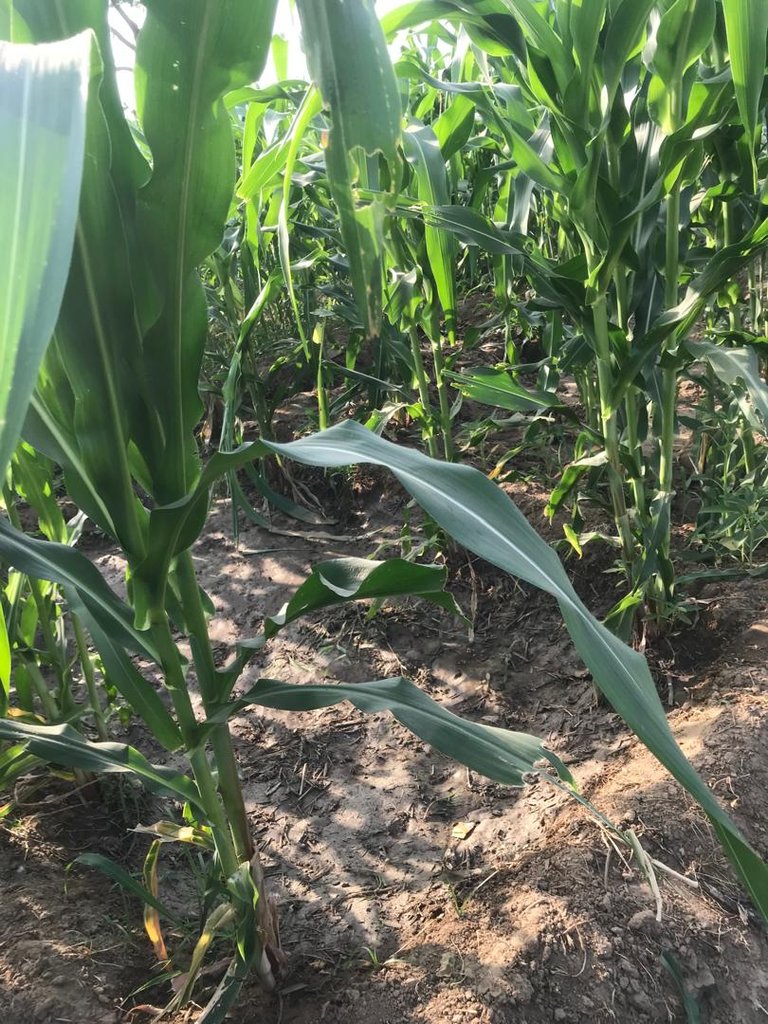
Look at how green and fresh this corn is; it is so healthy to the point that it doesn't seem to be needing even fertilizers. The land beside the river is so fertile as erosion constantly wash in debris that gets rotten that keeps the soil fertilized.
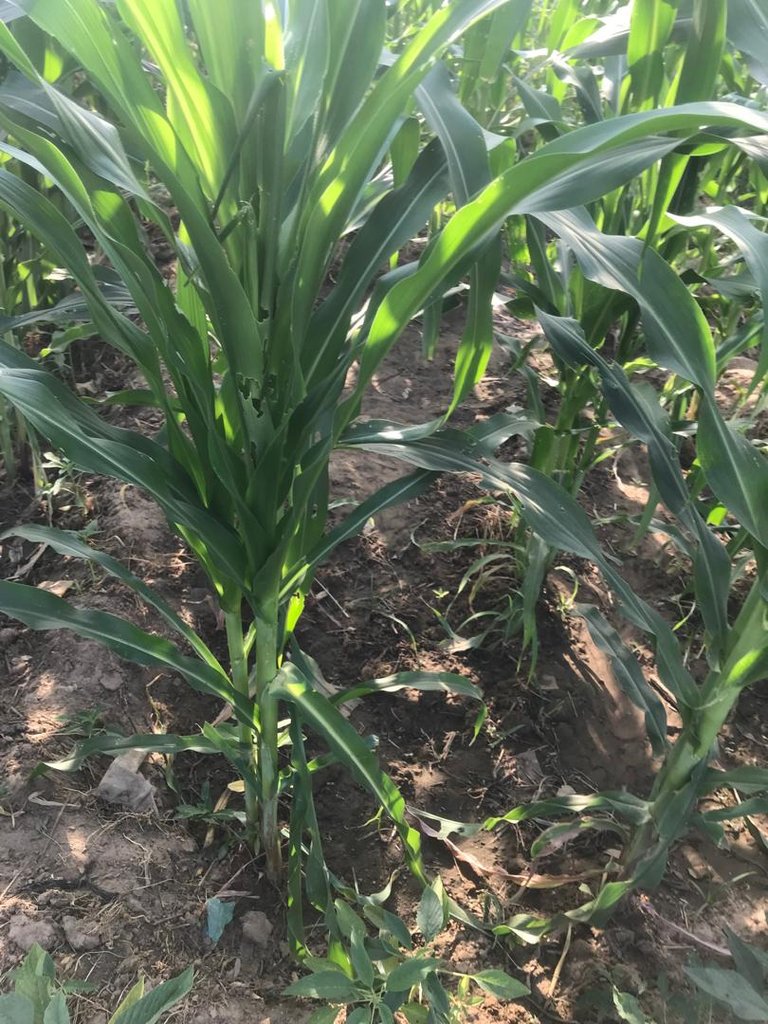
One of the important things I have noticed with this corn is its method of planting. Rather than being planted on the ridges like it is the norm, these were planted below the ridges instead. The ridges were just used as a building block to hold water for the corn. The land was cultivated in multiple square forms, with each square holding a calculated number of corn stands.
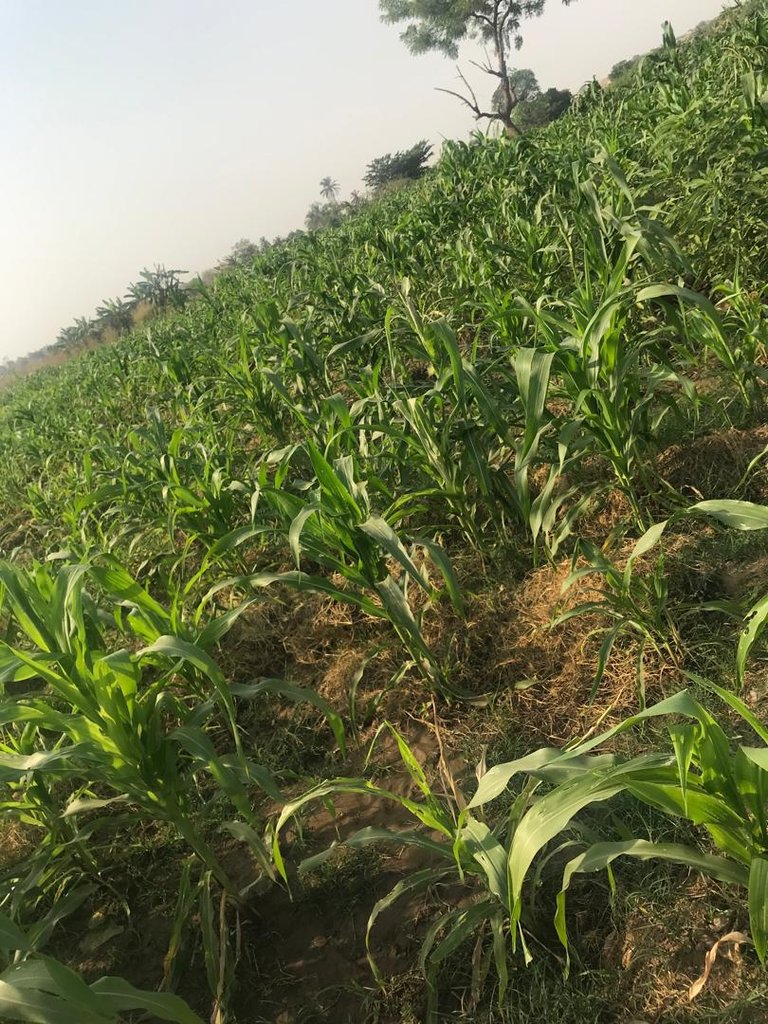
The cornfield is often irrigated twice or three times within a week. Once this is done, the soil is able to hold some good amount of water due to the cultivation method. Some of the corn grown during the rainy seasons does not often have this much progress, like this one we have here.
Except for the cost of fuel spent here, there is certainly no fear of a poor harvest. The species of corn and quality of soil used to grow crops are some of the important factors to bear in mind while farming; most times it is not always about the rain. With a little help from generators like this, we can pump water into our field wherever there is a dry spell during the farming season.
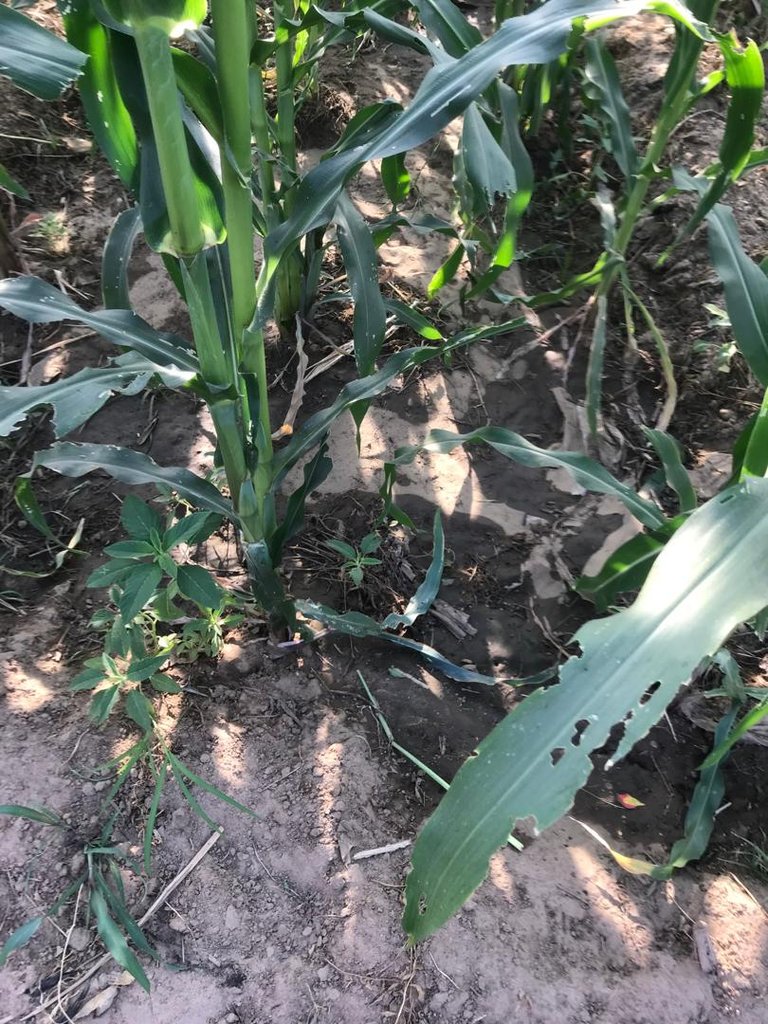
In about a month's time, this corn will have been bearing seeds already, and you will see how much progress was made with this.
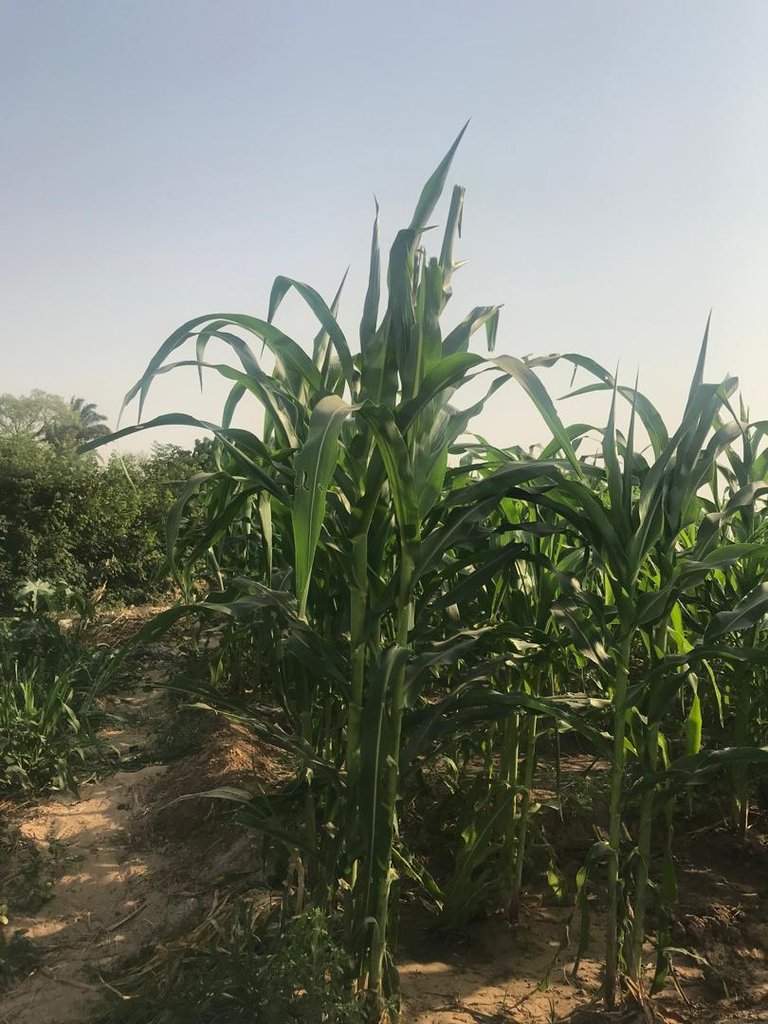
Harvest will be completed before the rainy season commences fully in the months of late March/early April. By then another crop can be planted and harvested before the river overflows its boundaries.